
Tracking a wide variety of animals
Video tracking is used to track a widevariety of animal species in even more different test arenas. From insects of 1 mm on leaf discs, to monkeys in a cage, or zebra fish in an aquarium.

How environmental enrichment reduces the effects of stroke
Some research requires animals to be studied in groups. For this it is very useful to have video tracking software that can automatically track the behavior of multiple animals simultaneously.
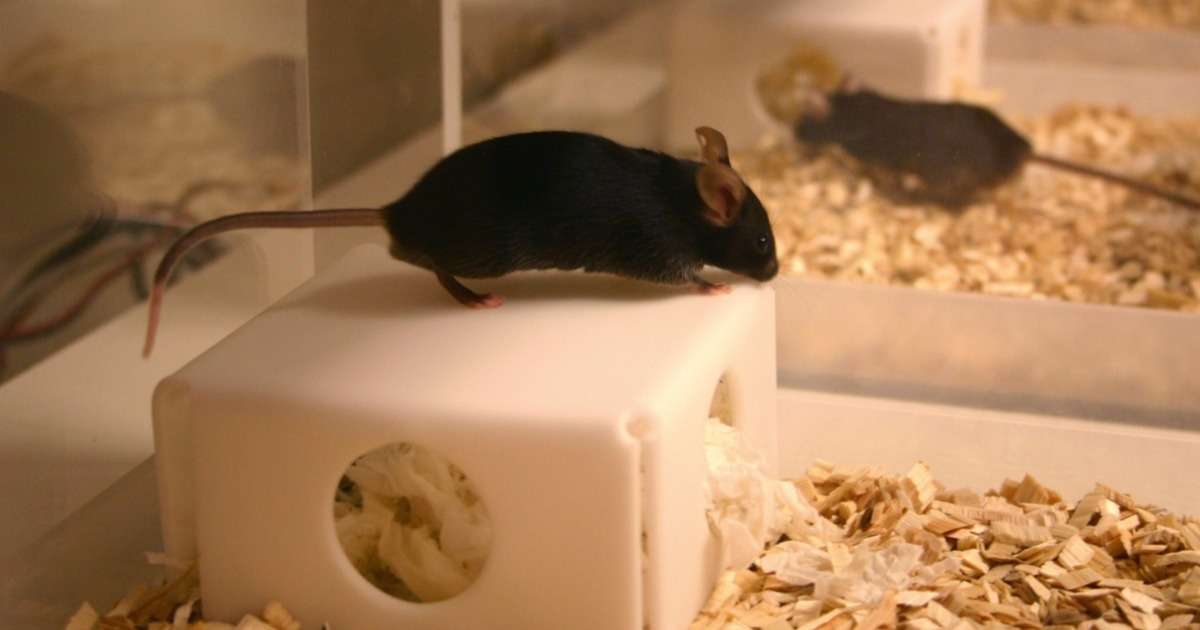
Circadian rhythmicity and other behavioral studies
Many labs use video tracking software to increase the efficiency of their research. In fact, EthoVision XT video tracking software has just reached an impressive milestone: 2000 sites worldwide.
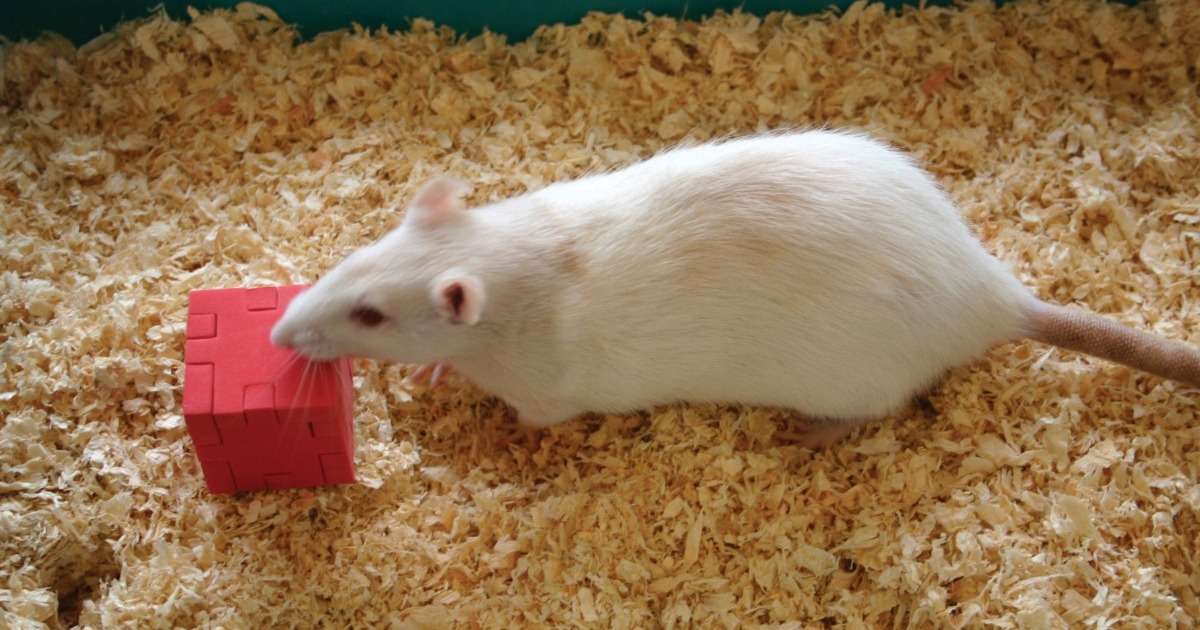
How to get reliable results on object recognition using video tracking
In the beginning of this year I wrote a post about the Morris water maze test, a popular and well-validated paradigm to study learning and memory in rats and mice.
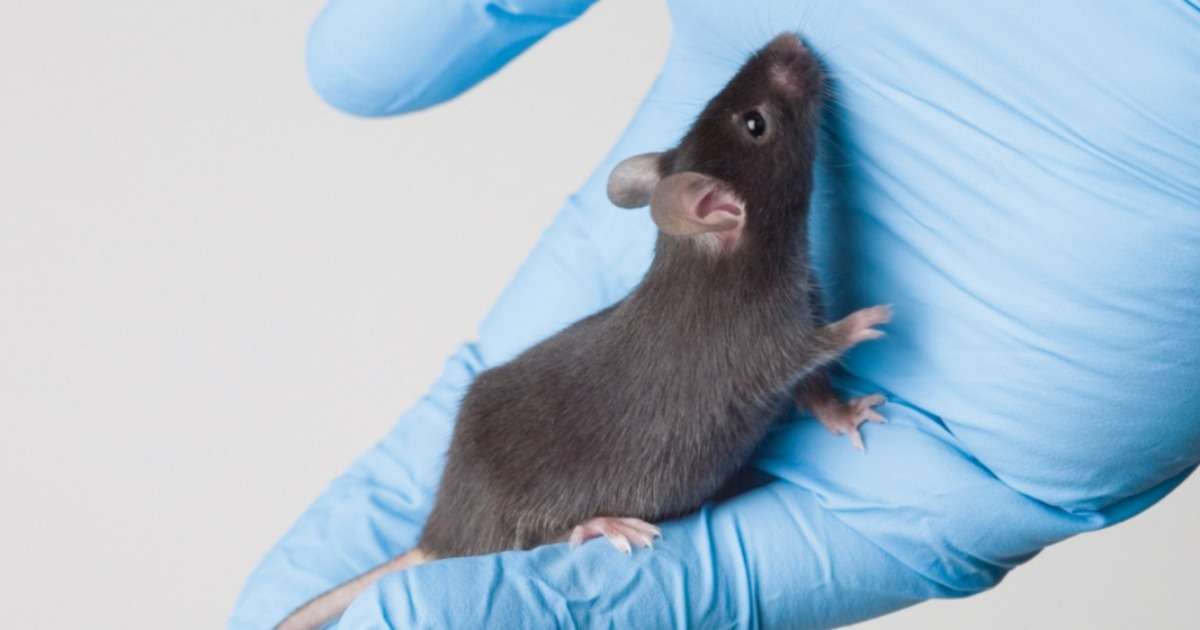
Optogenetics - Shining a light on brains and behavior
Brains are complicated. We all know that. Like an entangled bunch of wires. Still, over the years, neuroscientists have been able to map out several brain regions and their functions in behavior and physiology.

The search for autism models continues - why rats are important
Autism (ASD) continues to be an important topic in scientific research. Although finding the actual cause of ASD is still years away, there have been several studies that point to a strong genetic component.
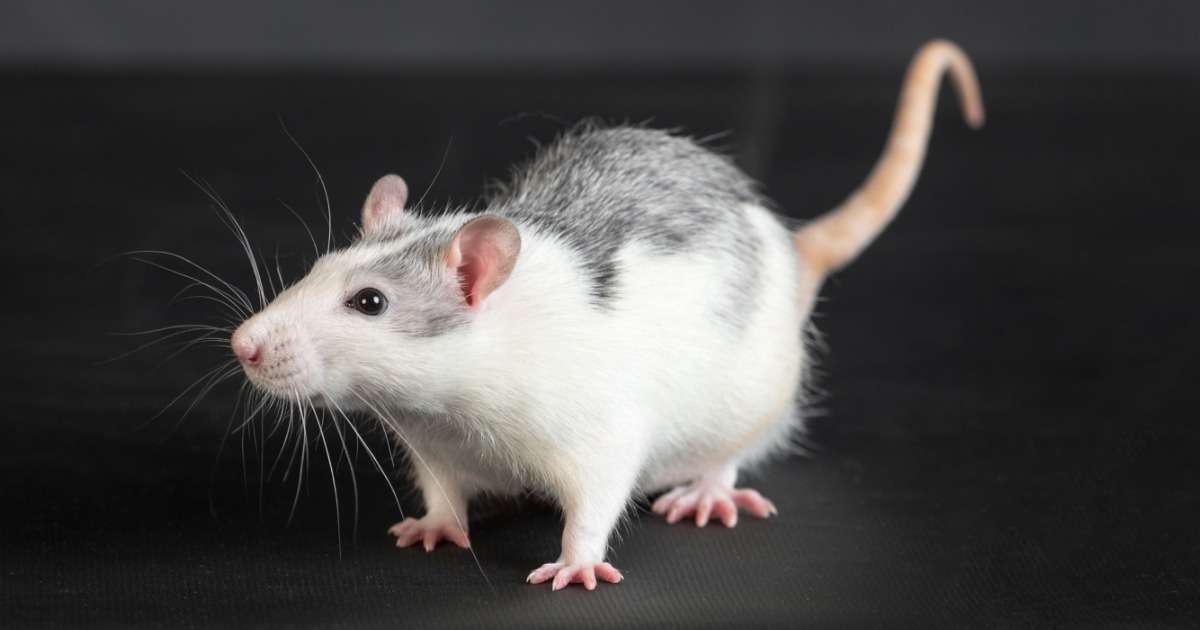
Time based relations in gait analysis
I have written two blog posts about static gait parameters. Now it’s time to talk about all four paws, and the time based relationships between them. If you ask me, we’ve been saving the best blog post for last!
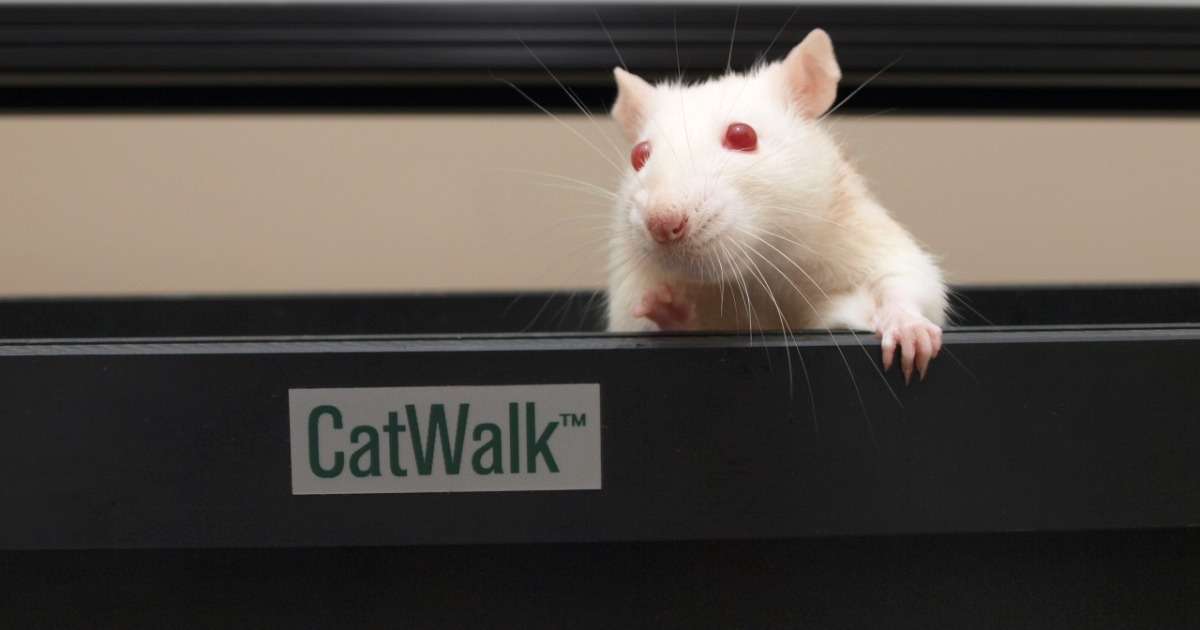
Going the distance - and why it matters in gait analysis
A footprint, that is. With CatWalk XT, you can extract a lot of information from just one footprint. In this post, I am taking it a step further by talking about the relationship between prints.
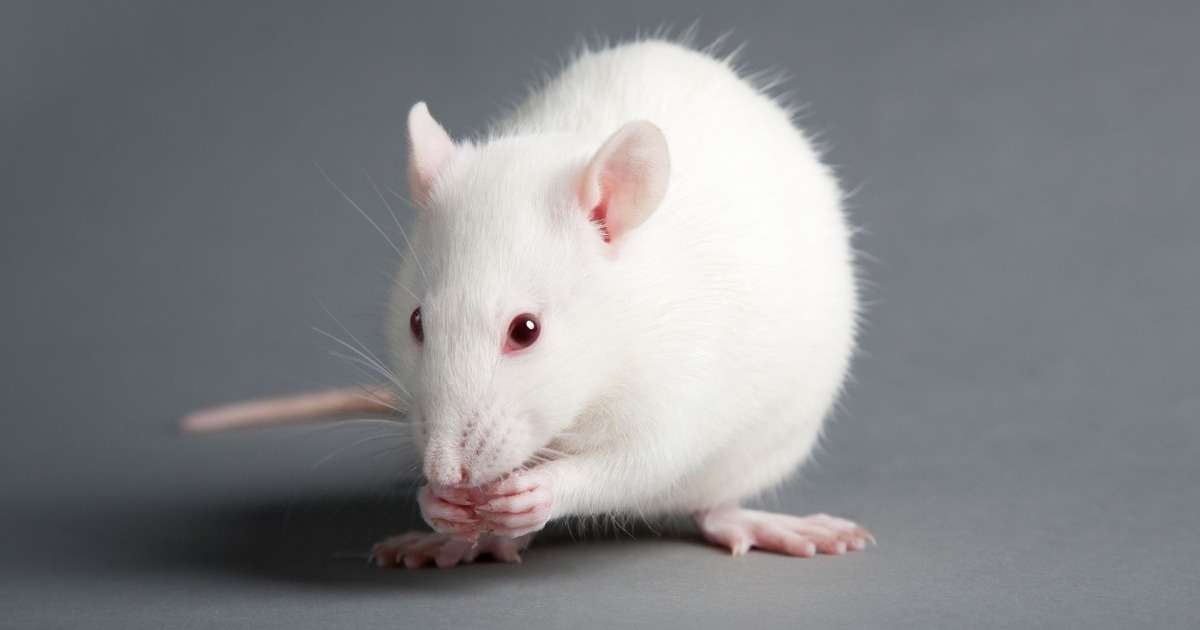
What a print can tell
So what can one footprint tell you? Well, it could tell you a lot. Simply putting the paw in ink and studying the print left behind is one way to go about it, but there are far more sophisticated ways of footprint analysis.
